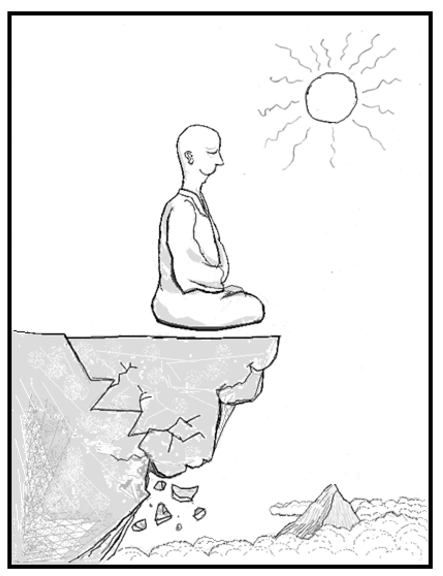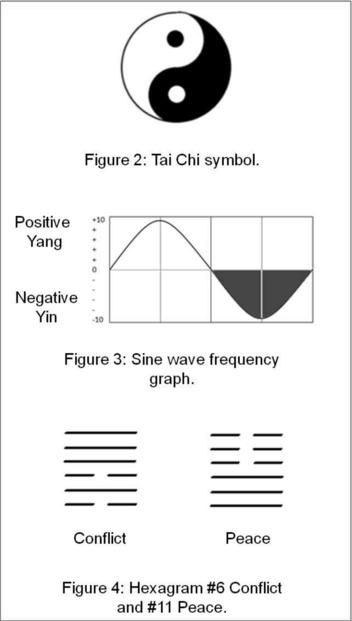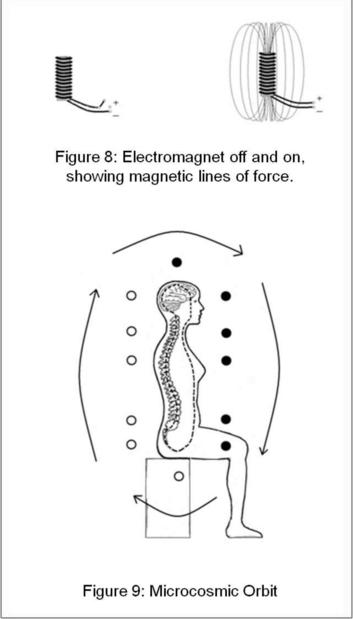Chapter 1: Meet Your Spirit
Everything has spirit. The air, rocks, and water have spirits. But these spirits are different from the spirits of birds, animals, and humans. Humans are unique in that we can contemplate the existence of our own Spirit. It is through conscious awareness that your Spirit seeks to communicate with you.
Your false self and your Spirit are at odds. The false self is the gate keeper of consciousness and tries to block your awareness of Spirit. The false self tries to distract you from the spiritual so that you will pursue its own interests which are based on power, pleasure, and status. Your Spirit has to bypass the false self in order to enter into your conscious awareness. In an effort to slip past the false self your Spirit sends you messages through intuition, symbolism, and during moments of spiritual ecstasy.
Self-realization is the experience of being fully present in the world as Spirit. The most important insight on the path to Self-realization occurs when you experience your Spirit as separate and independent of your conscious mind. You can increase the presence of your Spirit by quieting your mind. As your mind empties of thoughts you will increasingly enter into the present moment. It is on the cusp of present moment awareness that you fully experience your Spirit. The path to Self-realization begins as a quest to discover your Spirit. The irony of this journey is that in the end you will find that your Spirit was there all along and that you are Spirit.
Your false self and your Spirit are at odds. The false self is the gate keeper of consciousness and tries to block your awareness of Spirit. The false self tries to distract you from the spiritual so that you will pursue its own interests which are based on power, pleasure, and status. Your Spirit has to bypass the false self in order to enter into your conscious awareness. In an effort to slip past the false self your Spirit sends you messages through intuition, symbolism, and during moments of spiritual ecstasy.
Self-realization is the experience of being fully present in the world as Spirit. The most important insight on the path to Self-realization occurs when you experience your Spirit as separate and independent of your conscious mind. You can increase the presence of your Spirit by quieting your mind. As your mind empties of thoughts you will increasingly enter into the present moment. It is on the cusp of present moment awareness that you fully experience your Spirit. The path to Self-realization begins as a quest to discover your Spirit. The irony of this journey is that in the end you will find that your Spirit was there all along and that you are Spirit.







